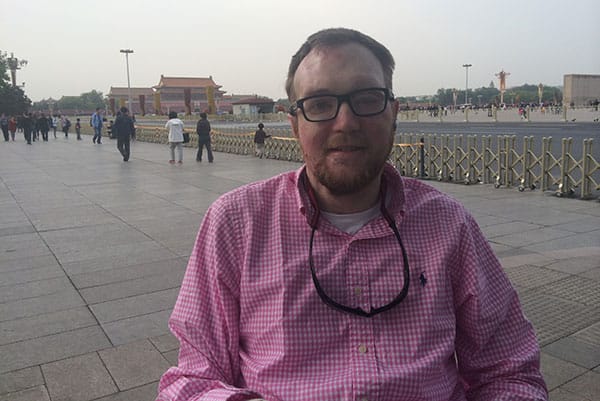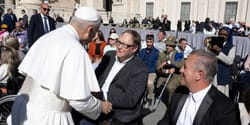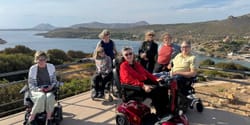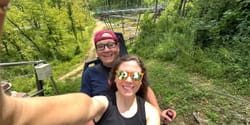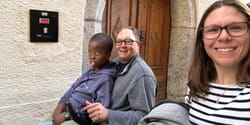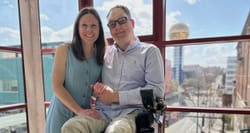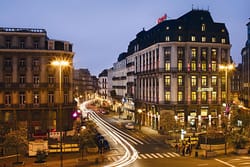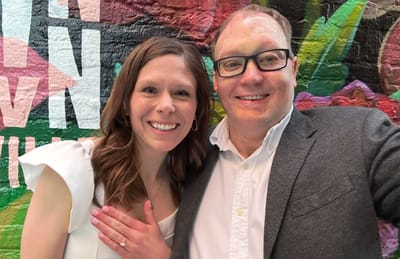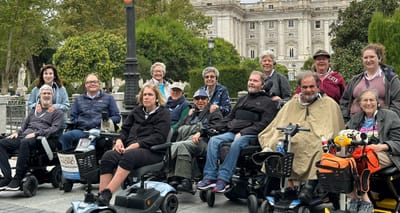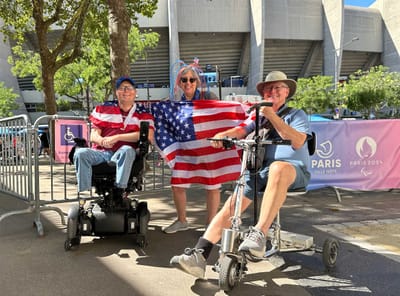In April 2014, I traveled internationally for the first time with my wheelchair – to Beijing, China. Information on the city’s accessibility was scarce, and I had no idea what to expect. Fearful that I would find the city totally inaccessible, I planned to spend only two full days there. As I took off on my flight from Seattle, Washington, I was very apprehensive about taking the trip alone. Would I even be able to get out of the airport? I wasn’t sure.
The trip was a risk I was willing to take. I hoped the reward would be the fulfillment my dream: A Bucket List experience at the Great Wall of China. There is more information about my time there in the Beijing, China wheelchair accessible travel guide — the internet’s first.
I’d like to tell you about an experience that taught me three very important lessons about traveling with a disability. The teaser: It was after 9pm in Beijing. I was more than a mile from my hotel, and my power wheelchair battery was about to die. I’m glad that it did.
The backstory: Since I had such a short amount of time in Beijing, there were two important things that I wanted to see. The Great Wall, of course, but also the historic Tiananmen Square. I started my first full day in Beijing by navigating the city’s subway system. Tiananmen Square is served by subway line 1 on its northern end (Tiananmen East/West stations) and line 2 on its southern end (Qianmen station). My hotel was on line 10, so I was forced to make a connection either way. I chose to take line 1 to the square, since the Tiananmen West subway station is right on the street that separates the square from the Forbidden City.
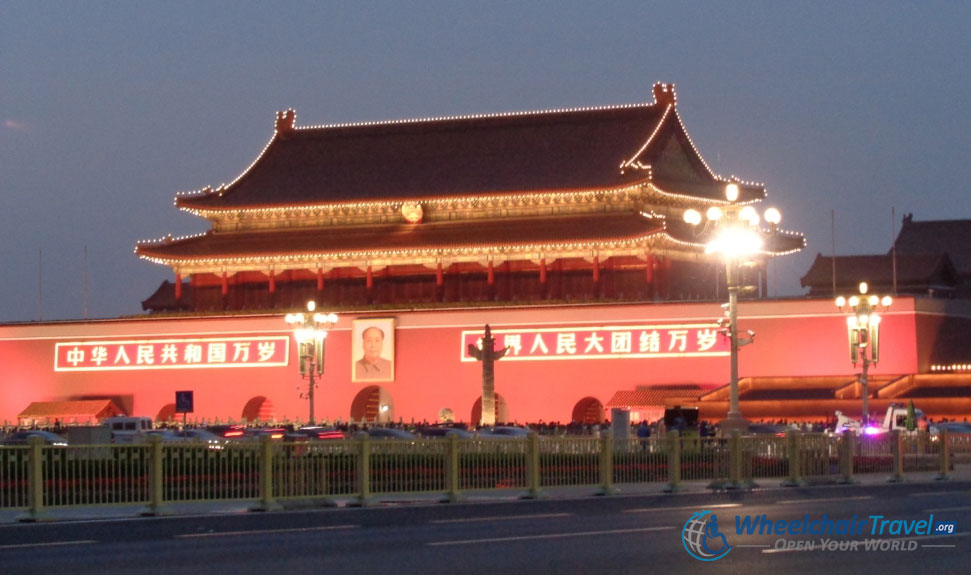
Using the Beijing subway was a challenge. While line 10 was first opened in 2008 for the Olympic Games, line 1 opened in 1971. Accessibility in the older subway lines is tricky – stair lifts and independent stair climber machines are the only facilities available in the stations of line 1. Despite the hassle, I made it.
Tiananmen Square was beautiful. The area was fairly accessible, with curb cuts on all of the sidewalks surrounding the square and the Forbidden City. I spent several hours in the square and rolling around the surrounding area, taking in the sights, atmosphere and culture. It was here that I learned my first lesson: Taking a leap of faith to travel can yield great rewards.
I had rolled about 4-5 miles around the square and the surrounding areas. My wheelchair battery began showing signs of depletion. I noticed on the opposite end of the square, by the Qianmen subway station. The station has 3 entrances/exits. I began searching for the entrance with a stair lift. I rolled around for an hour, but never found an accessible entrance. This forced me to roll another 1.5 miles back to the original line 1 station, Tiananmen West. Of the 7 bars on my battery life indicator, only one remained.
The second lesson: When traveling with a wheelchair, accurate accessibility information is critical.
I said a couple of prayers. “Lord, please let me get to the subway station near my hotel.”
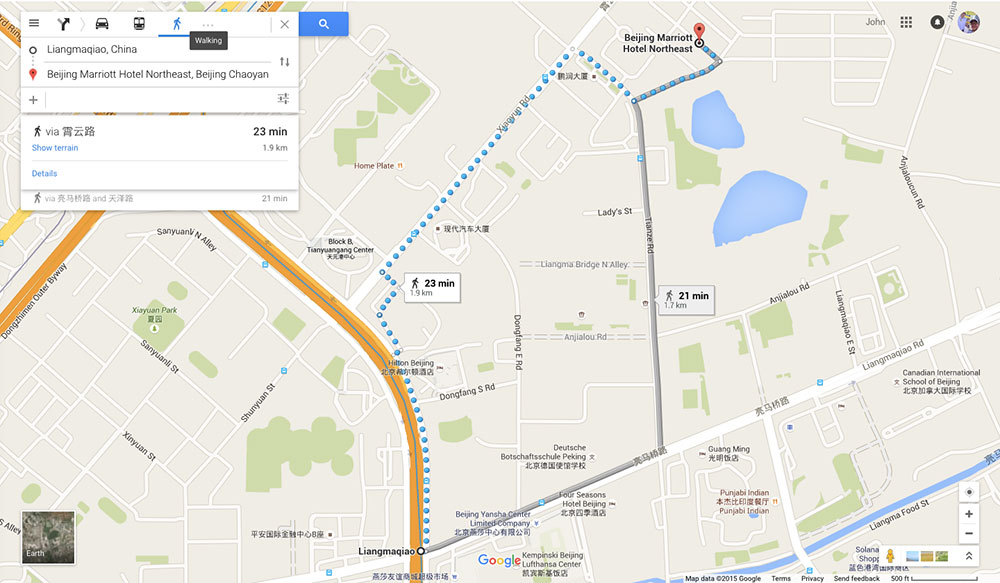
That prayer was answered. I made it back to the Liangmaqiao subway station. It was after 9pm and very dark outside. I still had just over a mile left on my journey back to the hotel. Unfortunately, that lone remaining bar on the battery indicator was flashing. I hadn’t seen that before. I rolled onward.
I should have asked God for more in my prayer. About 4 blocks from the hotel, the wheelchair beeped and came to a halt. The battery was officially dead. “Oops.” What’s a guy with no legs, one hand and a 300-pound wheelchair to do?
“Do you speak English?” I asked this of every person or group that passed me on the sidewalk. For 10 minutes, no one responded… they didn’t speak my language. Then, Mr. Li came to my rescue. He is a Malaysian who was in Beijing for work. He pushed me and my wheelchair the entire four blocks. Once we got to the door of the Beijing Marriott Hotel Northeast, one of the bellmen assisted me the rest of the way, up to my room.
Once I got back into my bed and plugged the wheelchair in, I thought about the third lesson of the day: Someone will always be there to help you. That lesson was the most important, as it has given me the courage to take other travel risks… Bangkok, Bucharest and Moscow, for example.
The following day— my last full day in Beijing — I took a taxi. 😉

